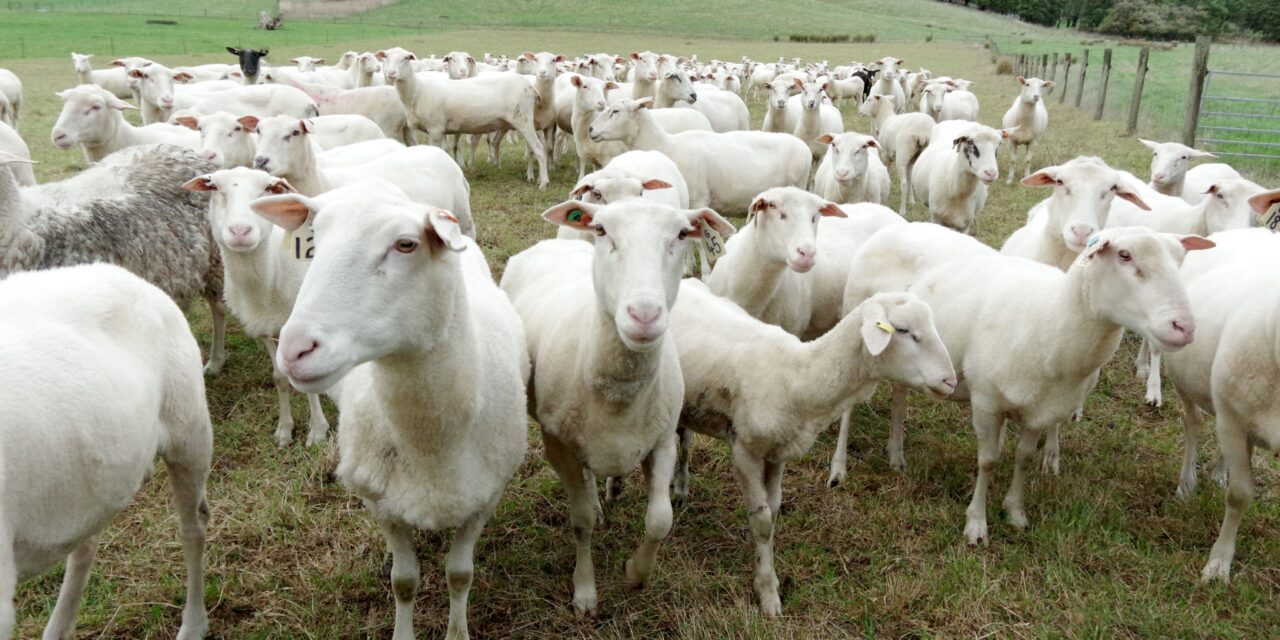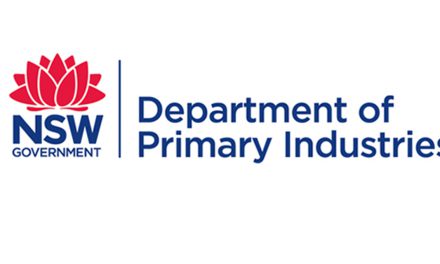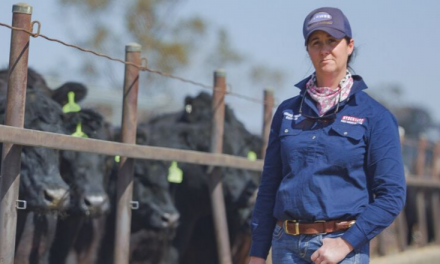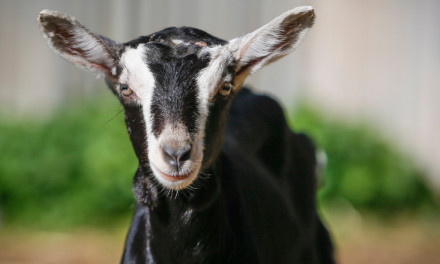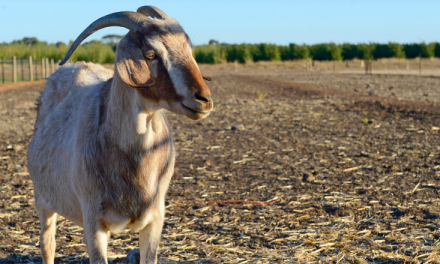A 79 hectare dairy and grazing property at Moyarra in South Gippsland, Victoria, has become a demonstration site for developing an environmental account for certification.
Six properties in Victoria are demonstration sites (see separate story).
For 16 years, Burke and Bronwyn Brandon have been running a dairy farm and a milk processing factory, creating award-winning sheep cheeses.
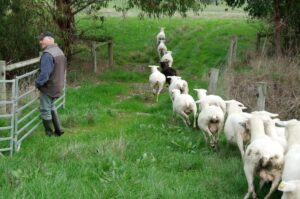
They have milked a mixed flock.
“Our ewes have been a mixture, but based around the East Friesian,” Burke said.
“They also contain Cheviot, Coopworth, Corriedale and Dorset genetics.”
The ewes are milked for nine months of the year, and dried for three months.
Lambs remain on the ewes.
“We share milking with the lambs still on the ewes,” Burke said.
The decision to leave the lamb on the ewe is based around labour and animal welfare.
“Hand-rearing lambs takes so much work and they don’t do as well as those left on their mums,” Burke said.
“Lambs raised in the shed don’t have such a good immune system as the lambs left on the ewe and raised in the paddock.”
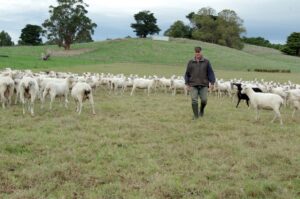
Production varies throughout the nine months.
“We milk the ewes twice a day in the first six months of the season,” Burke said.
“As feed quality declines at the start of the summer, we go to once a day milking.”
The ewes average one litre per day per head during the spring, then declines to 300ml by the time they dry off.
But quantity can vary.
“The ewes that don’t have lambs on them, or the lamb is weaned from the start, milk up to 2.5 litres per day,” he said.
Creating the cheese factory was a value add decision early in their dairy farming life.
“By value adding to the farm income with the cheese production factory, we’ve been able to run the property on what it’s sustainably able to produce, rather than on a per acre production,” Burke said.
The decision to stock their property for sustainability, and a commitment to managing pastures and grazing with an organic system, has paid off. With 16 years of record keeping, their property achieved organic accreditation in March this year.
“We’ve kept records of farm inputs and outputs, and maintained a really good record of animal movement,” Burke said.
“There’s been no spraying on the property.
“We’ve recorded what we administer in the way of minerals — in the paddock or to the animals.
“We focus on moving stock every day, on strip grazing, and recording pasture growth and rest periods.”
Burke said their calculations were based on the pasture available to their animals, and a grazed paddock is re-assessed visually as the sheep move to the new strip.
“We measure pasture, dung scores and gut scores,” he said.
“We’re building carbon in the soil by giving the pasture enough rest time to process leaf litter and build root resilience.
“Deeper rooted plants are going to build carbon deep in the soil.
“Dung is scored on its firmness.
“If they’re getting too much to eat, it’ll be going through them too quick.
“We assess what percentage of the dung is firm, and what percentage is sloppy.
“And as I move the flock each day, I visually assess their gut.
“I look over the left side of their belly to assess their fullness in the triangle before the hips.”
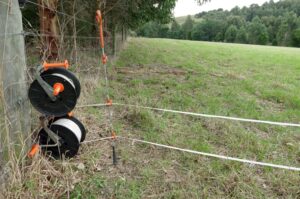
This commitment has paid off as the business evolves.
In autumn last year, Burke and Bronwyn sold the cheese processing factory, but continued to supply milk to the new owners.
In April this year, Burke stopped milking and their property recently transferred to solely a grazing property, as Burke and Bronwyn convert their milking ewes to fat lamb production.
As part of their long-term plans for the property, the farm has become a demonstration site for a new environmental accounting project, that measures soil health and soil carbon.
“We’re doing carbon monitoring up to one metre deep in our soils,” Burke said.
“In the subsoil, the carbon levels are light, and there’s potential to build carbon deeper in the soil.
“At a recent field day we were able to measure perennial roots one metre deep in the soil.”
Initially, in 2011, they co-operated with CSIRO scientists to sample their soil. In May this year, follow up samples were taken.
“This will trace any change in the carbon,” Burke said.
“Basically, we’re trying to do everything we can to build carbon in the soil, so our soils are resilient to fluctuations in the weather.”
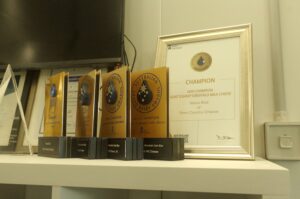
Initial results indicate a large fluctuation in measured carbon.
“We have a huge variation in the soils across one paddock,” Burke said.
“Some subsoil was down 600mm, in some areas it was one metre deep.
“We could trace roots growing down in all the samples.
“We can see the success of our strategy to increase the proportion of deep roots, growing down to where the water and minerals are, instead of applying inputs to the surface and the plants retain surface roots.”
An average of 4.9 per cent carbon was measured at the sample spots, which Burke said was a healthy level that could be improved upon.
“Our pH is a bit lower than it should be,” he said.
“When the plants aren’t in their ideal acidity range, they use carbon to replace nitrogen and phosphorous if those are in short supply.
“We think it’s a healthy bank of carbon in our soils.”
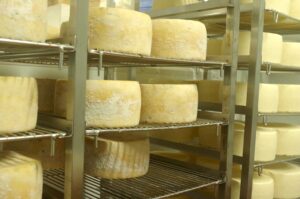
The couple has also been participating in a Landcare network project called Digging Deeper, where conventional and regenerative pasture systems are compared.
“We measured biological life and carbon in the soil,” Burke said.
“There was overall a 10-15 per cent higher carbon, biology, minerals and nutrients between our farm and the comparison farm.
“The pH of our soil was 5.8. The conventional farm was below 5.5.
“What we take from it, was our inputs were lower, and the biology and carbon in the soil was looking after itself.
“Having a higher level of carbon in the soil has enabled us to have longer growing seasons, holding green pasture for longer into the summer than when we moved here.
“And not taking silage and hay off regularly has enabled the soil to build its own reserves.”

With the farm becoming a demonstration site, Burke is interested in the scientific rigour that’s applied to measuring vegetation and accounting for carbon.
“We’re measuring the carbon now so we have a baseline,” he said.
“The certification is quite complex, but there’s now an official way of measuring and auditing the work people have done on their properties through Landcare over the years.
“You could use it to attract investment possibly, or to report to investors and prove what you’ve done to improve environmental condition.”
As Burke and Bronwyn pivot their business to become organic lamb producers, they believe the value of these type of projects is in the story of the farm.
“It’s of value to the story of the provenance of the product we’re creating here,” he said.

